What started you drawing and painting?
From a young age, I was drawn to many forms of artistic expression. However, I was encouraged to pursue a more traditional educational path and my vision wasn't sufficiently clear yet. After Junior Lyceum, I held a variety of jobs, and eventually, I settled into a career in graphic design. Once I started working full-time and then launched my business, it became impossible for me to find the time and energy to paint. However, I always found ways to integrate visual elements into my work, such as my own photography and illustrations. On the side, I also pursued my passion for singing and music production. In around 2017, my husband and I formed a musical duo called Tryst Arcane, which means "dark union." We released our second album, Sun of Other Days, last summer.
When the COVID-19 pandemic hit, my freelance graphic design work took a nosedive, and with a lot of free time on my hands, I picked up my brushes and paints again after years of not painting. The past two years have been a time of creative growth, as my painting has taken off and evolved in ways I never could have imagined.
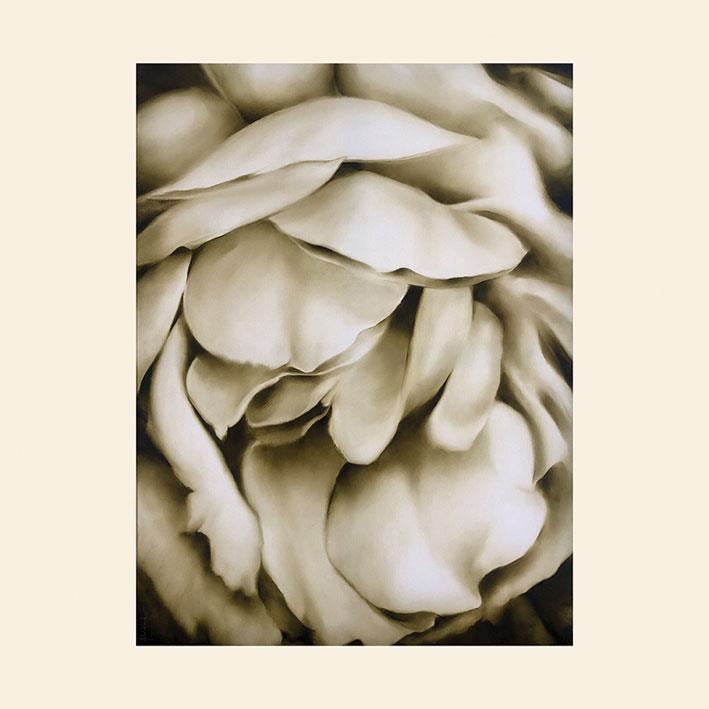
Why have you chosen a career in art?
I've always felt uncomfortable around conformity and constraints, making art and music allows me to be myself. My paintings are a way to express my appreciation for the beauty in the world and my own personal vision of aesthetics. It means the world to me to know that my art resonates with people's emotions and evokes feelings in them.
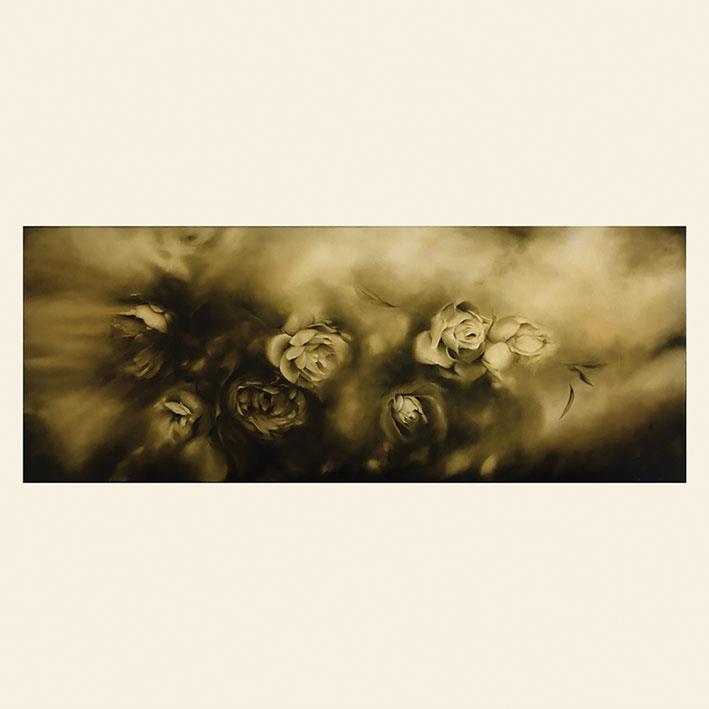
Are any members of your family artists? Is Art in your DNA?
My only other artistic family member is my uncle, René Sacco, a renowned watercolorist. But my 75-year-old mother is just discovering her hidden talent for sketching cartoons.
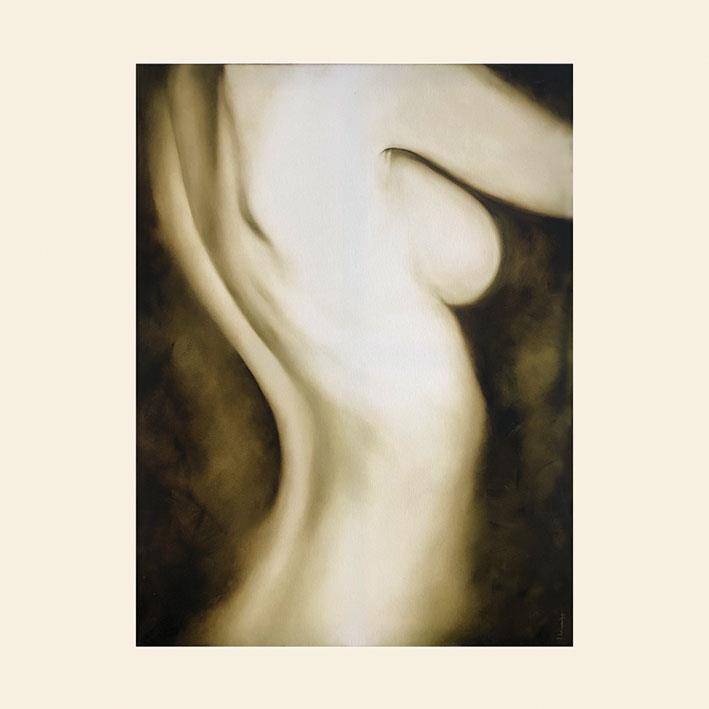
Are you formally trained as an artist or are you self-taught?
I am mostly self-taught, having only had the opportunity to take formal art classes during my time at Junior Lyceum and one year at Higher Secondary. I think my photography and design skills from my business have been beneficial in developing my current artistic style.

Tell me about a day in your life as an artist.
My days typically begin and end with cuddling my dog, with hours of painting in between. I also try to exercise daily, even if it's just a walk with the dog, and I meditate for at least 10 minutes each day. On Sundays, I create a weekly plan, though it rarely goes exactly as planned - Still, having a sense of structure helps me feel like I'm making progress and moving forward. Without it, my ideas get lost in time and space.
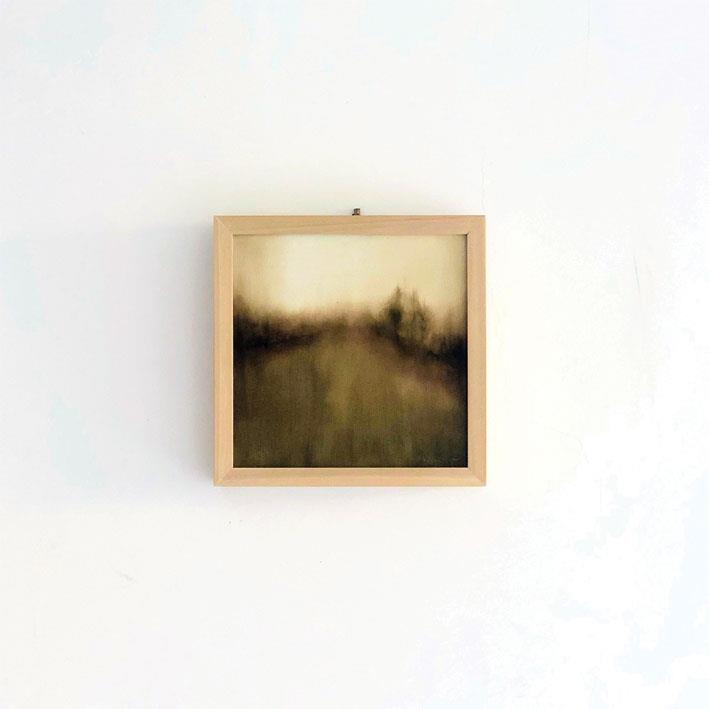
What is your favourite and least favourite aspect of being a professional artist?
I'm loving this transition from a busy life full of deadlines and expectations to a slower, more intentional one. I also cherish the freedom to express myself creatively on a daily basis and the potential to make a living doing something I love. However, there are some challenges, too. One of the biggest for me is marketing and promoting my work. I am still learning how to navigate this part of the job. Even though there are challenges, I'm thankful to be living my dream.
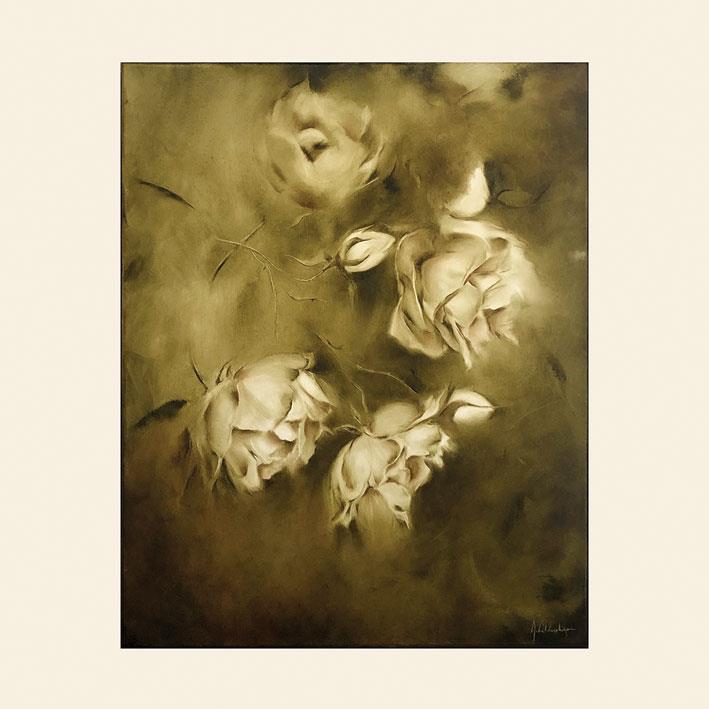
What are the challenges facing artists in Malta?
Though I'm not experienced enough in the local art scene to definitively identify the challenges that this sector of artists face, as a seasoned underground musician, I've seen a lot of progress in terms of arts support, but there's still room for improvement, especially in terms of people's openness to new and different forms of art. Mainstream art is still art, but we need to ensure that all art is accessible to the community.
The public's increasing attendance at arts events, such as theatre, concerts, exhibitions, and other local productions sends a strong message to governments that the arts are important and valued by society. This can lead to a number of positive outcomes, such as policies that support the arts sector, increased funding for the arts, support for arts education, provision of physical structures, and regulations that make it easier for arts events to be held.
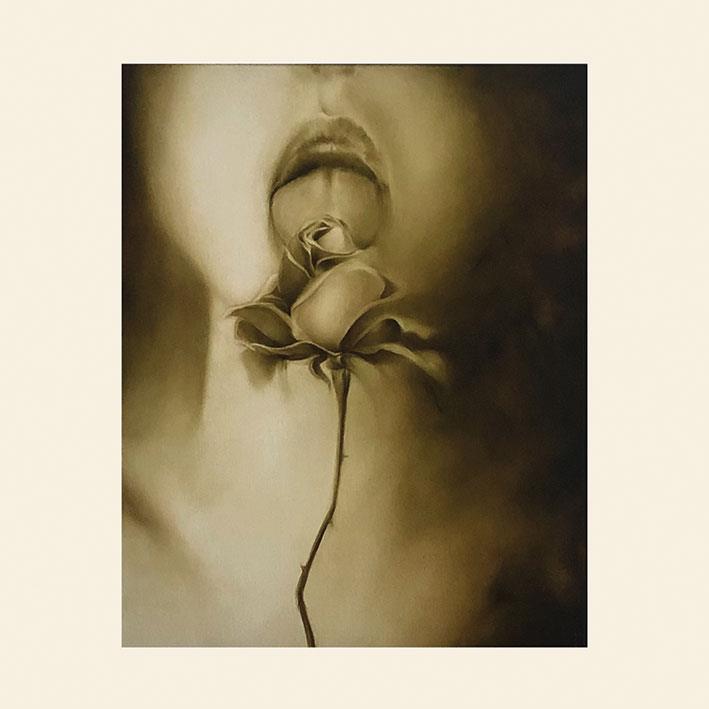
How are you preparing for your exhibition?
I had 20 years of ideas bottled up, generated from my observations and my cultivated taste for beauty and the obscure. This exhibition is the fruit of a year's work, during which I painted nearly every day for the first time in decades, pushing my limits and infusing each canvas with my heart and soul. But I wasn't the only one keeping the rhythm - my husband, Julian, embraced his inner carpenter and transformed raw wood planks into exquisite frames. This required hours of dedication and perseverance, as it was a challenge for him too. He experimented with different methods and new tools, determined to create the perfect frames for my paintings, which of course, inspired my eternal gratitude.

What is your ideal work environment and why?
I'm working on finishing my art studio so I can paint on larger surfaces and have more space overall. Until then, I've been creating art in the living room, which is bathed in natural light all day long. An early start grants me the peace and quiet to work, sometimes with a history podcast in the background. My faithful canine companion is my constant source of support and motivation, no matter where I'm working from.
Has your style changed over time?
I feel like I'm picking up where I left off 25 years ago when I used to experiment with monochromatic compositions. I create paintings with an earthy and rather muted colour palette, aiming to create a visual language that invites viewers to experience the comfort, beauty, and fragility of nature.
Where do you find inspiration for your art?
My compositions often feature both the physical and metaphysical aspects of nature. I am intrigued by the often elusive and difficult-to-describe atmosphere, which is not composed of matter but rather of sensations, and I strive to capture it in my work.
In a world facing climate change, war, poverty, and inequality, a reminder of nature's beauty can be a powerful source of light in a dark world.
Which famous world artists do you admire?
There are too many to mention, so I'll narrow it down to the ones who have influenced me the most. Rather than one artist, I have strong admiration for many of the artists of the fin-de-siècle Aesthetic /Symbolist Movement, an era of art that was defined by its emphasis on beauty over purpose. Auguste Rodin, Franz von Stuck, Edward Burne-Jones and Dante Gabriel Rossetti are perhaps among my favourite artists. I also admire Gustave Doré, who straddles the line between late Romanticism and early Symbolism. His illustrations for Dante's Inferno, which I encountered in high school, left an indelible mark on me and perhaps helped to shape my aesthetic preferences.
Which local artist or artists do you admire?
I cannot name a single artist I admire most, as I appreciate the unique strengths and contributions of each artist in their respective genre. However, I'm drawn to local artists who passionately create art that reflects their own unique perspectives of visual aesthetics, or who fearlessly experiment with challenging concepts and push boundaries.
How do you feel the internet, Facebook have impacted the world of art? For better, for worse or indifferently?
The internet and social media have had a significant impact on how art is created, shared, and consumed, but I don't have a strong opinion on it, as it's subjective. Personally, I find that maintaining a regular online presence can be stressful and time-consuming, and I would prefer to focus on my creative or educational endeavors.
However, I am aware that social media is strongly advised for promoting one's work, as it's a great way to connect with potential buyers, collectors, and to share one's work with the world.
What is the best advice you've been given when it comes to art?
At the start of my new artistic journey, I felt uncertain. But one day, I came across this quote by Antonio Machado that guided me through moments of self-doubt: "Traveller, there is no road; you make your own path as you walk."
What message or advice would you give to those wanting to make their career as artists?
Don't try to please others or create art that you think will be popular, but rather find your own path and create art that you are passionate about. Keep creating and experimenting, keep learning, and keep putting your work out there.
What is something you now know that you wish you had known before?
Many things, but here is just one:
It's okay to make mistakes - Learn from them and move on.
The figurative and floral paintings presented in this collection are mostly inspired by the symbolism of the fin-de-siècle Aesthetic Movement, which valued beauty over purpose - art for art's sake. While the collection of 12 small paintings, 'Found Tranquillity Series', are an exploration of the Tonalist aesthetic, which emphasizes the mood and atmosphere of a scene rather than its realistic details.
This collection of paintings invites the viewer to a reverie into the subconscious, where the senses are free to mingle and perhaps create new and unexpected combinations.
Alexia's art exhibition Synaesthesia - The Scent of Beauty [1]
2ND - 16TH Nov 2023 at Art by the Seaside, Senglea